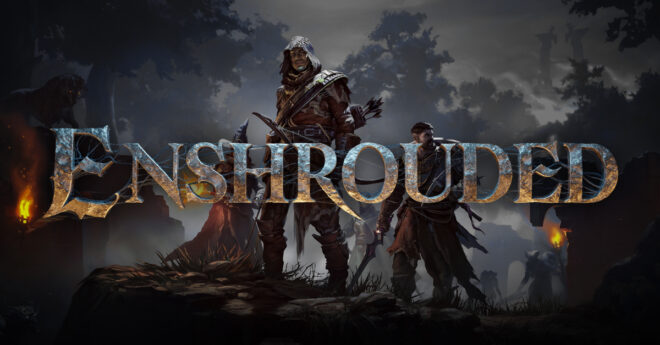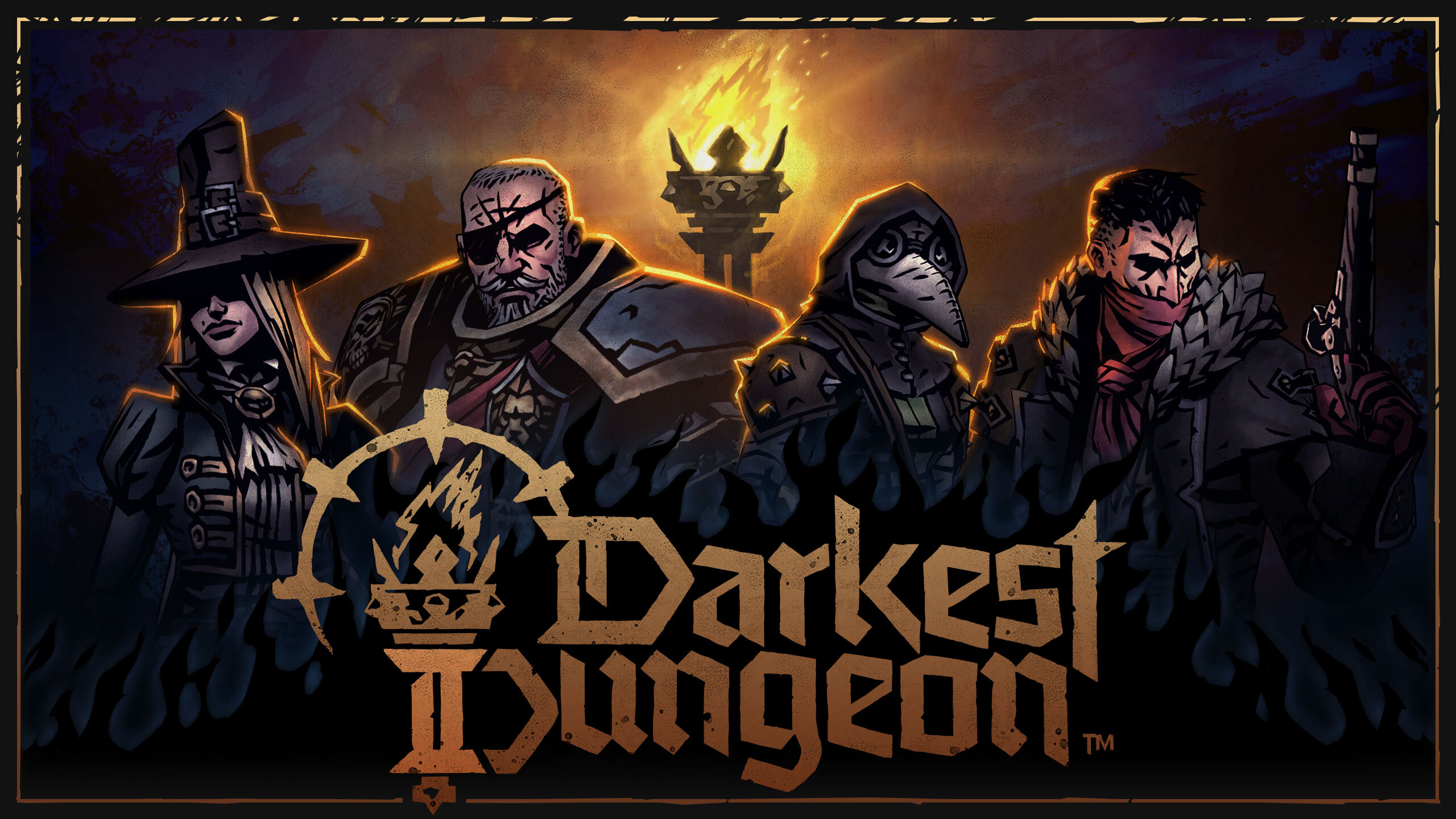
Darkest Dungeon II, the highly anticipated sequel to Red Hook Studios’ critically acclaimed Darkest Dungeon, has taken the gaming community by storm since its release on May 8, 2023. This roguelike road trip of the damned invites players to form a party, equip their stagecoach, and embark on a harrowing quest through a decaying landscape in a last-ditch effort to avert the apocalypse. While the original Darkest Dungeon was renowned for its town management and dungeon-crawling elements, Darkest Dungeon II diverges significantly, focusing instead on a more roguelike experience with a host of new mechanics and challenges. As we delve into this review, we will explore the game’s mechanics, visuals, and narrative elements to determine whether it lives up to its predecessor’s legacy and whether it offers a compelling experience in its own right.
AT A GLANCE
Genre: Indie, RPG, Strategy, Roguelike
Developer: Red Hook Studios
Publisher: Red Hook Studios
Gameplay
Darkest Dungeon II builds upon the foundation laid by its predecessor, introducing a wealth of new gameplay mechanics and experiences while retaining the core essence that made the original a cult classic. The sequel’s gameplay is a masterclass in blending strategy, resource management, and psychological horror, offering a deeply immersive and challenging experience.
At its heart, Darkest Dungeon II remains a game about managing a party of adventurers as they traverse a series of perilous environments. However, unlike the original game, which focused heavily on dungeon crawling and town management, Darkest Dungeon II adopts a more linear, roguelike approach. The player’s journey is now a road trip through a decaying world, where every decision can lead to disaster or salvation.
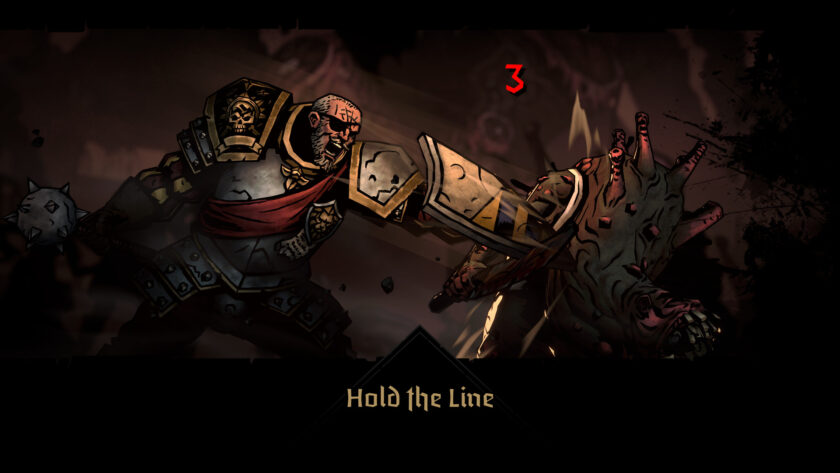
One of the most significant additions to the game is the stagecoach. The stagecoach serves as both a mobile base and a means of transportation. Players must manage its upgrades and resources carefully, ensuring it is equipped to handle the various challenges encountered on the road. Upgrades can improve the stagecoach’s durability, speed, and ability to carry supplies, adding a layer of strategic depth to the game.
Hero management remains a central aspect of the gameplay. Players must carefully select and manage a roster of heroes, each with unique abilities, strengths, and weaknesses. The heroes’ stress levels, health, and relationships with each other are critical to their success. Stress management is particularly crucial, as high stress levels can lead to negative quirks and behaviors, impacting the team’s overall performance.
Combat in Darkest Dungeon II retains the turn-based, tactical nature of the original but introduces new elements to keep it fresh. Positioning and synergy between heroes are more important than ever, with abilities that can complement or hinder each other based on placement. The game also introduces a new token system, adding another layer of complexity to combat. Tokens can represent various buffs and debuffs, such as increased damage, reduced healing, or status effects, and must be managed strategically.
A notable new feature in Darkest Dungeon II is the Affinity System, which tracks the relationships between party members. Positive interactions can lead to beneficial relationships, providing buffs and improved performance in combat. Conversely, negative interactions can result in conflicts, impairing the team’s effectiveness. This system adds an emotional dimension to the game, making each decision and event feel more impactful.
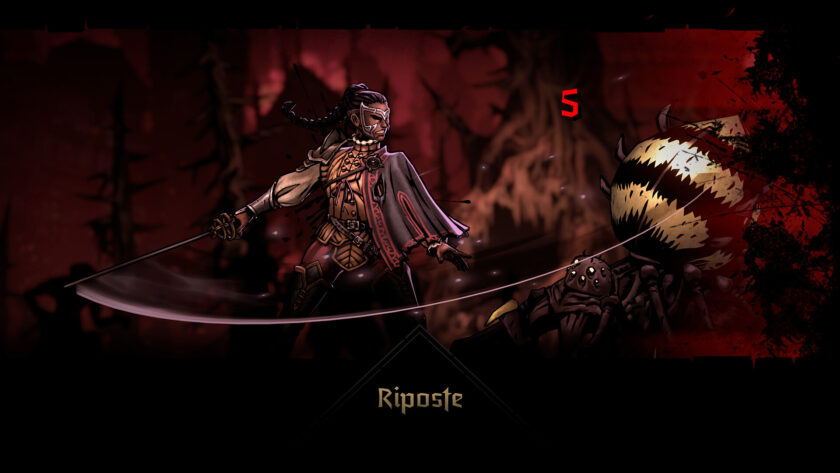
The journey itself is fraught with danger. Players will encounter various road hazards and events, ranging from ambushes by enemies to opportunities for resupplying and healing. Decisions made during these events can have far-reaching consequences, affecting the party’s morale, resources, and overall chances of success. The roguelike nature of the game means that each run is unique, with procedural generation ensuring a different experience every time.
Darkest Dungeon II: The Binding Blade DLC introduces two new playable heroes, The Duelist and The Crusader, enriching the roster with their unique abilities and playstyles. The Duelist, a nimble and strategic fighter, can switch between defensive and aggressive stances, providing critical buffs and overcoming enemy defenses. The Crusader, a returning favorite from the first game, brings his righteous fury and healing abilities to the frontline, enhancing team resilience and combat prowess. Additionally, players will face a new roaming mini-boss, The Warlord, adding a fresh layer of challenge and excitement to their adventures.
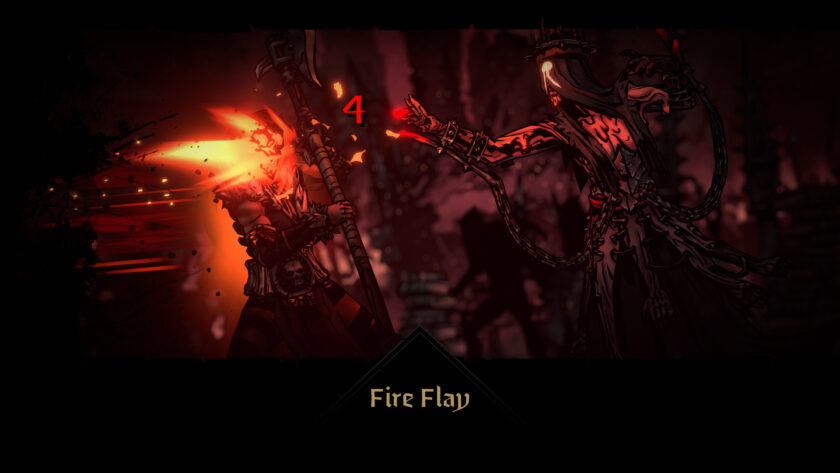
Resource management is another critical aspect of gameplay. Players must balance their resources, such as food, medical supplies, and trinkets, to ensure their party can survive the journey. Supplies are limited, and decisions about when and how to use them can mean the difference between life and death. The scarcity of resources adds to the game’s tension, forcing players to make tough choices constantly.
Darkest Dungeon II is not for the faint of heart. The game is challenging, with a steep learning curve and a high potential for failure. However, this difficulty is also one of its greatest strengths, providing a sense of accomplishment and satisfaction when overcoming its many challenges. The roguelike elements, including procedural generation and permadeath, ensure high replayability, encouraging players to learn from their mistakes and try new strategies on subsequent runs.
Visual and Audio Design
Darkest Dungeon II retains the signature hand-drawn, gothic art style that made the original game visually striking. The art direction, led by Chris Bourassa, continues to draw inspiration from classic horror literature and macabre artwork. This results in a world that feels both richly detailed and profoundly unsettling. The heavy use of shadows, stark contrasts, and a muted color palette creates a sense of gloom and doom that permeates every corner of the game.

The characters in Darkest Dungeon II are designed with a unique blend of grotesque and heroic elements. Each hero has a distinct appearance that reflects their class, abilities, and backstory. The intricate details in their designs, from their armor and weapons to their facial expressions and body language, convey a wealth of information about their personalities and the horrors they have endured. Enemies, too, are crafted with meticulous attention to detail, each embodying the twisted and nightmarish themes of the game’s world.
The environments in Darkest Dungeon II are a visual feast of decay and despair. Each region players traverse is distinct, from the plague-ridden cities and haunted forests to the desolate wastelands and cursed mountains. The environments are rendered with a level of detail that brings them to life, with dynamic weather effects, environmental hazards, and interactive elements that enhance the sense of immersion. The decaying architecture, eerie lighting, and foreboding landscapes all contribute to the game’s oppressive atmosphere.

Animations in Darkest Dungeon II are fluid and expressive, adding a dynamic layer to the visual presentation. Heroes and enemies move with purpose and weight, their actions in combat and interactions with the environment animated in a way that feels both realistic and exaggerated to fit the game’s dark fantasy theme. Special attacks and abilities are accompanied by dramatic, visually impactful animations that highlight their power and significance.
The soundtrack of Darkest Dungeon II, composed by Stuart Chatwood, is a haunting and evocative accompaniment to the game’s visuals. The music ranges from somber and melancholic to intense and frenetic, perfectly capturing the emotional highs and lows of the player’s journey. Each track is carefully composed to enhance the atmosphere of the various environments and encounters, using orchestral arrangements, ambient sounds, and dark, brooding melodies.
Wayne June returns as the narrator, delivering lines with a gravitas and menace that perfectly suits the game’s tone.
Sound effects play a crucial role in immersing players in the world of Darkest Dungeon II. The creaking of the stagecoach, the clanking of armor, and the unsettling whispers of unseen horrors all contribute to the game’s sense of tension and dread. Combat sounds are visceral and impactful, with each strike, spell, and scream adding to the intensity of battles. Environmental sounds, such as the howling wind, dripping water, and distant cries, further enhance the eerie ambiance.
Final Thoughts
Summary
Darkest Dungeon II successfully builds upon its predecessor's foundation while introducing fresh and engaging elements that enhance the overall experience. The sequel retains the challenging, punishing gameplay that fans love, while adding new mechanics that deepen the strategic layers and keep the gameplay dynamic. The compelling narrative, bolstered by the introduction of new characters and expanded lore, immerses players further into its dark, gothic world. The visual and audio design are exceptional, creating an atmospheric and haunting environment that perfectly complements the game's themes. While some players may find the difficulty spike and RNG elements frustrating, those who appreciate deep strategy and a grim, relentless atmosphere will find Darkest Dungeon II a worthy successor. The game's ability to continuously challenge and reward players ensures its place as a standout title in the rogue-like genre.






